Basic role of Computer Science in Our daily life
In the world of science, the study of theoretical foundations of information and compute their execution and applications or information in the computer system is known as Computer Science or also known as computing science.
One well-known subject classification system for computer science is the ACM Computing Classification System derived by the Association for Computing Machinery.
What type of thing is computer science?
Computer Science is summarized as follows-
1. Academic discipline
It is a branch of knowledge and also known as an academic field. These are powerfully associated by a given scholastic subject area or college department and this generally expertise, people, assignments, communities, challenges, studies, information, and research fields. For Instance, the branches of science are also known as scientific disciplines, i.e., physics, mathematics, and biology.
2. Functions and Criticism
A very attractive critique of the concept of the academic field came in the 1975 book through Foucault (Discipline and Punish). “The disciplines characterize, classify, specialize; they distribute on a scale, within a norm, hierarchize separates in relation to one another and, if require, disqualify and invalidate”.
3.Science
A systematic enterprise that creates and organizes ideas in the form of testable clarifications and indicates about the universe. Its original sense is (a type of knowledge), rather than a specialized word.
4.Applied Science
The application which has the scientific knowledge to practical works, like technology or inventions.
An information of science is sensible and can be termed as Applied research and it applied normal theories, knowledge, methods, and techniques, specific for, state, business, or client-driven purpose.
Subfields
Subfield can be defined as:
- Any research or study within an academic discipline.
- An area that contains another field, applied in field theory (mathematics).
- A part of heraldry.
- Apart from in MARC (Machine-Readable Cataloging) standards
There are some Applications of Subfields which is followed as:
Mathematical foundations
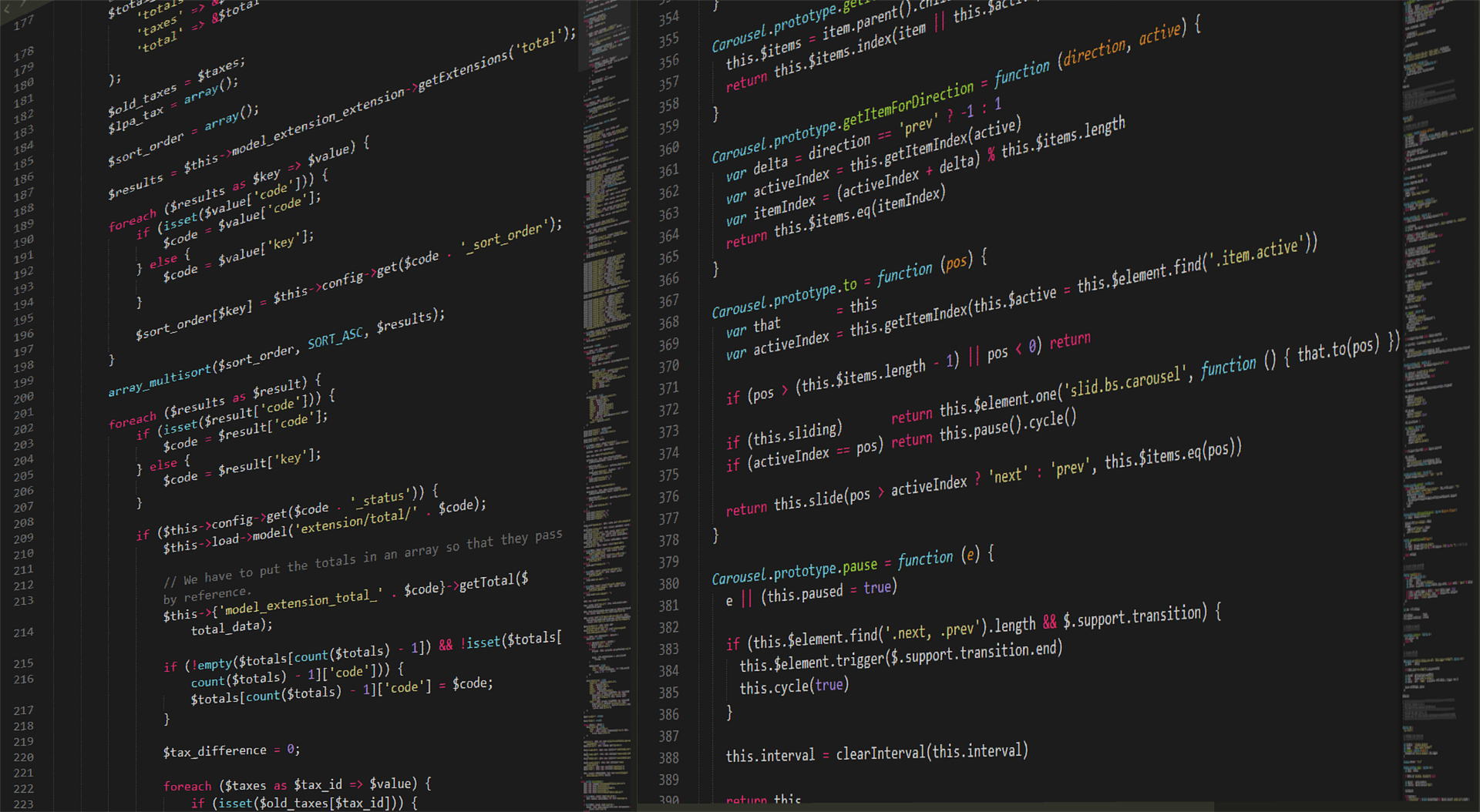
Coding theory – Suitable for networking and on other formats where every system communicates and understand each other.
Game theory – Suitable for artificial intelligence and cybernetics.
Number theory – Foundation of the integers. Applied in cryptography, in addition, to test domain in artificial intelligence.
Mathematical logic – Boolean algebra and other ways of modeling logical problems, that needs and controls the formal proof methods.
Graph theory – Theory for data structure and searching algorithms.
Algorithms and data structures

Algorithms – In mathematics and computer science, It is an obvious condition of how to solve a number of errors. It can be done through calculation, data processing, and automated reasoning projects.
Data structures – In computer science, The collection of data values, the relationships in between them, and the functions or executions that can be applied to the information are known as “Data structure”.
In other words, “It is a data management and cache format which enables normal access and changes”.
Artificial intelligence

It is as an intelligence presented by machines or software. It’s also the name of an academic field that practices how to make computer or computer software that qualifies for intelligence behavior.
Artificial intelligence – The execution of system which presents an autonomous intelligence or behavior of their own.
Automated reasoning – Prolog is used as Solving engines, that outcomes steps to a result given a statement on a fact and rule database, and automated theorem provers that aim is to prove the mathematical theorems along with some assistance by a programmer.
Computer vision – Algorithms for pick out three-dimensional objects from a two-dimensional picture.
Soft Computing – To apply an ambiguous solution for different circumstances in very difficult problems:
Machine learning – Automated creation (set of rules and device based on input)
Evolutionary computing – A family of algorithms for the whole optimization influenced by biological evolution.
Natural language processing – That analyze, understand, and generate natural (human) languages.
Robotics – Algorithms for managing the behavior of robots.
These are some more Applications of Computer science
Communication and Security

Networking – It’s reliable for connecting data across various shared or referred media by algorithms and protocols, usually including error correction.
Computer security – Reasonable conditions for protecting computer systems and computer networks.
Cryptography – It’s about constructing and analyzing protocols which prevent third parties.
Computer architecture

Certain rules and methods which describes the functionality, planning and execution of a computer system are as common as Computer architecture.
Computer architecture – Computer architecture contains instruction usual architecture design, microarchitecture design, logic design, and execution.
Operating system – The system which handles and input and output processing of the PC is common as Operating system.
Computer graphics

graphics which are used to create pictures and films using computers are known as Computer graphics.
Computer graphics – That presents the creation of pictures and films using a computer and helps to manipulate images are call as computer graphics.
Image processing – Establishing data by an image via computation.
Information visualization – Steps for presenting and displaying abstract information to utilize human interaction for exploration and understanding.
Concurrent, parallel, and distributed systems
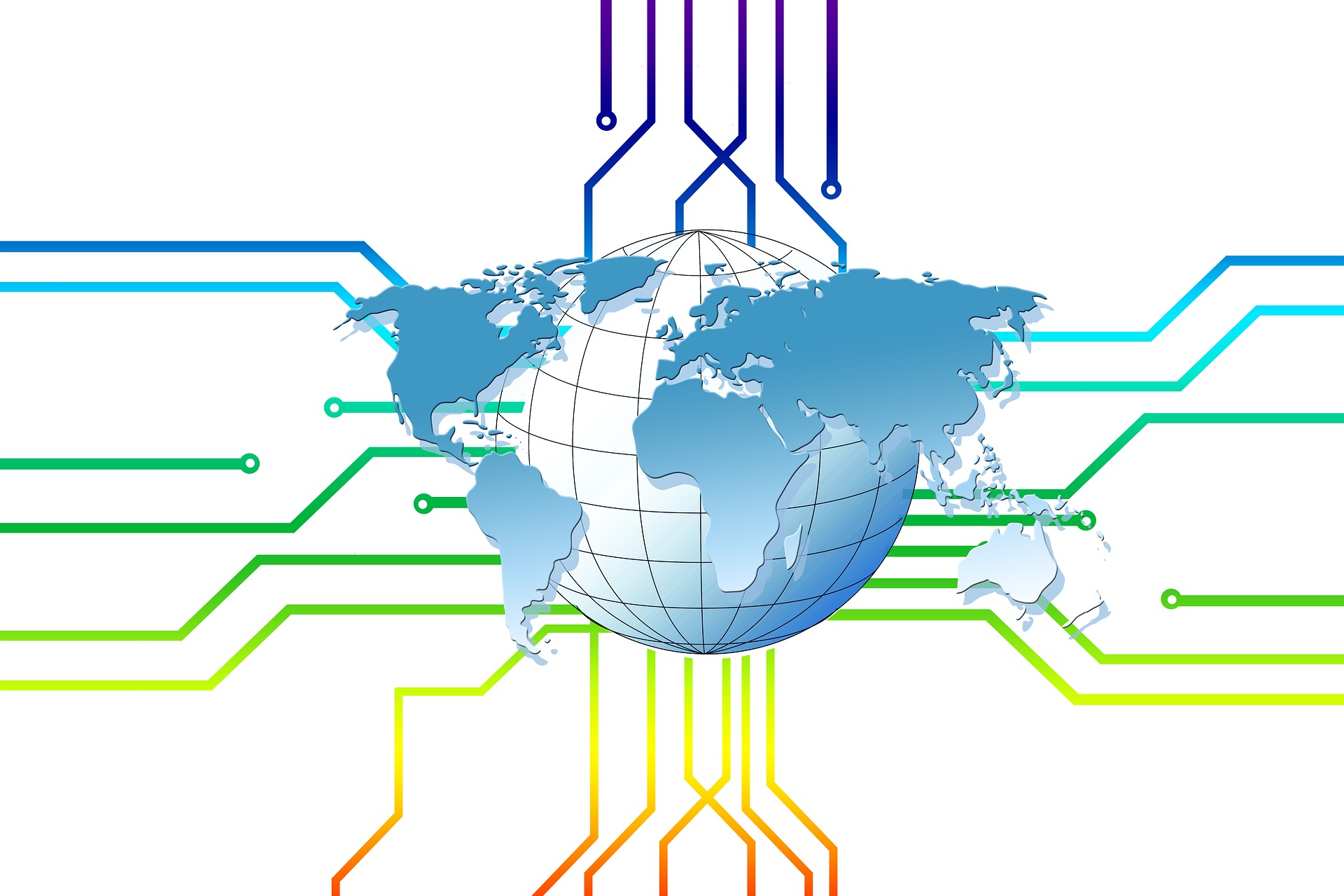
Parallel computing – The fundamentals and practice of synchronous computation: information safety in each multitasking or multithreaded environment.
Concurrency (computer science) – Computing with the help of many concurrent threads of implementation, devising algorithms for solving issues on many processors to get high speed-up as compared to sequential execution.
Distributed computing – The components which are located on different network computers is known as distributed computing.
Databases
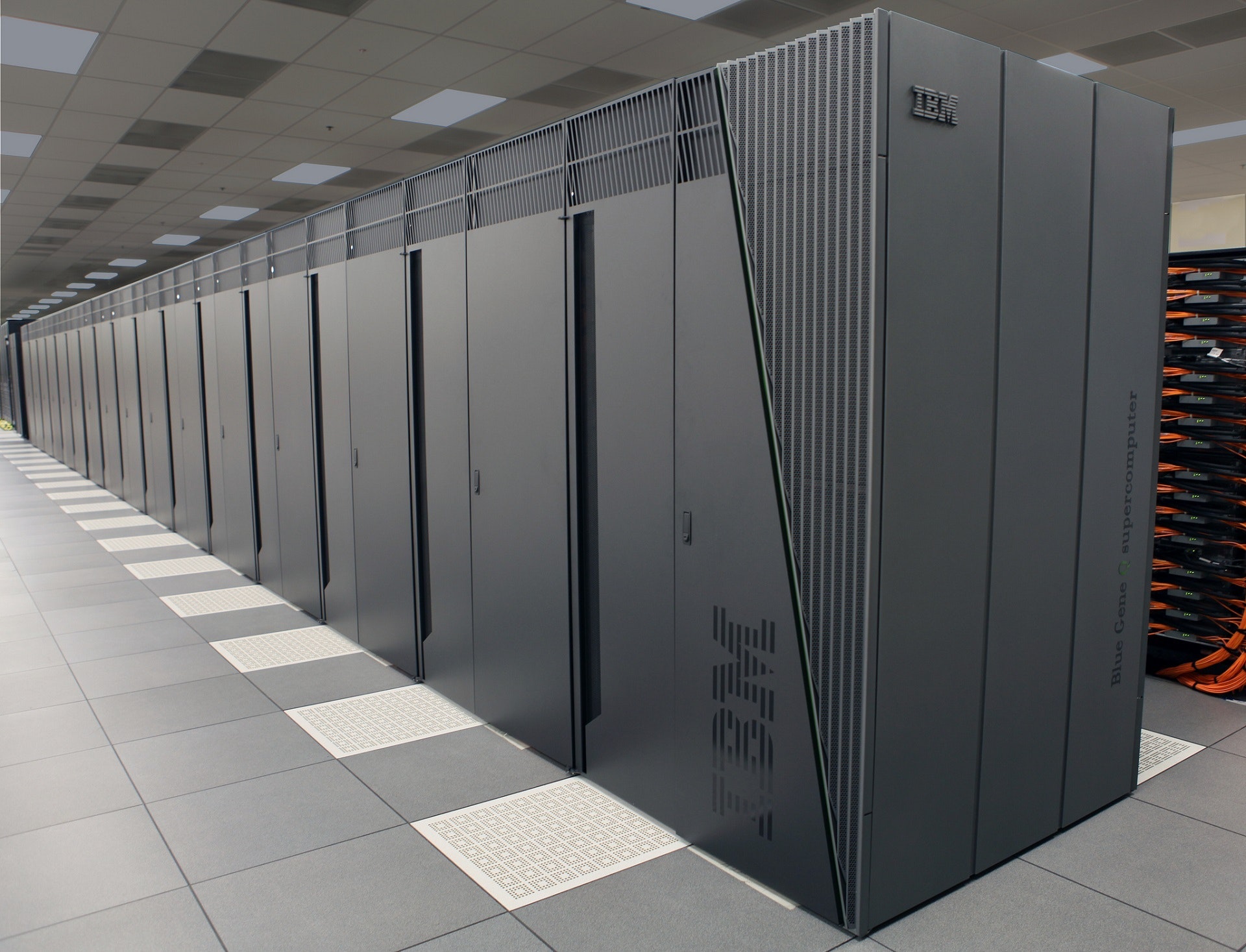
Relational databases – The certain theoretic and algorithmic theory of databases.
Structured Storage – No SQL databases which are non-relational databases.
Data mining – Research of algorithms for searching and executing data in applications and databases; similarly relevant to information retrieval.
Programming languages and compilers
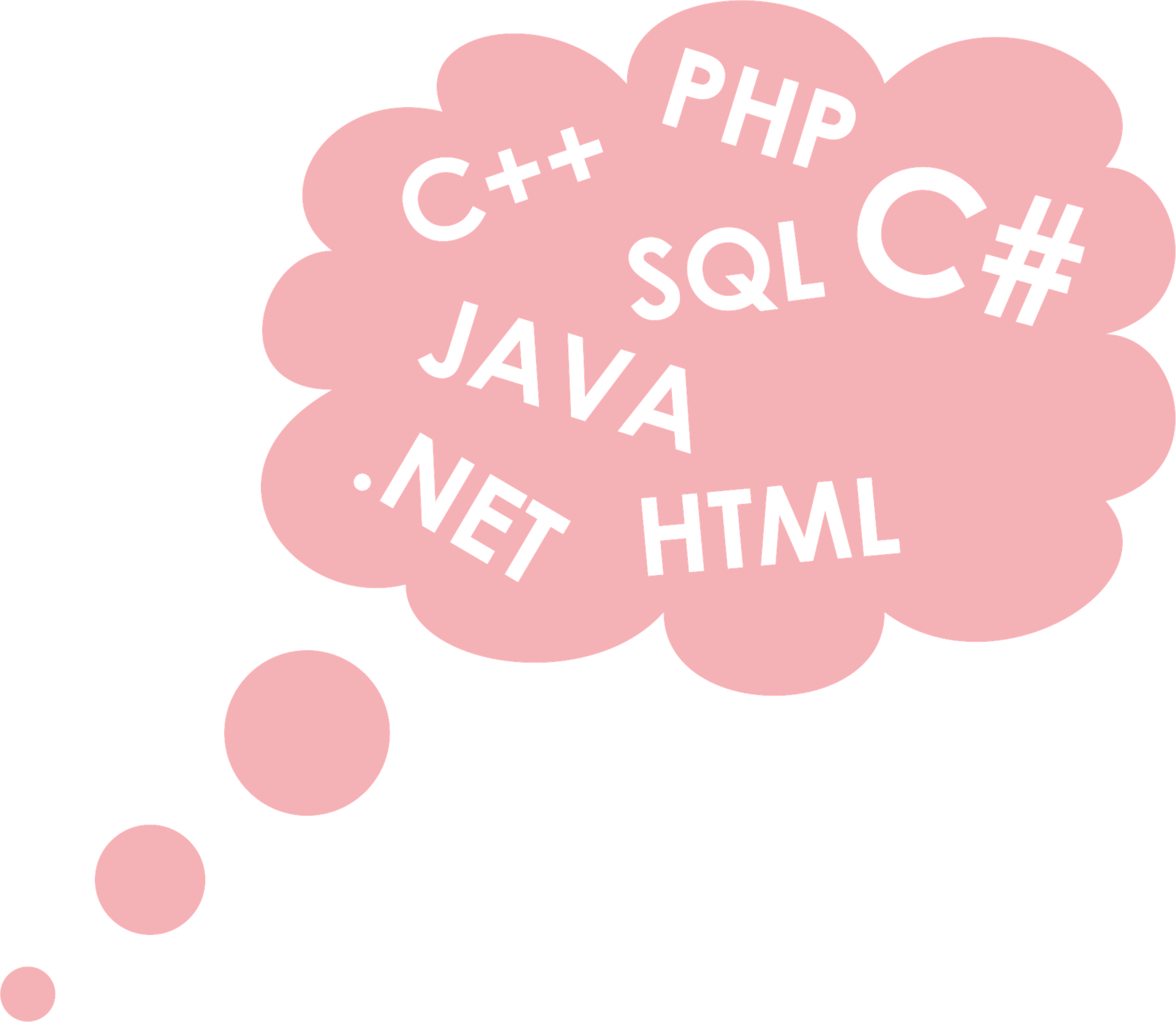
Compiler theory – It is based on Automata theory
Programming language pragmatics – Programming languages, their benefits and limitations by Taxonomy. Different types of programming paradigms, like object-oriented programming.
Formal semantics – The hard mathematical study of the meaning of programs.
Type theory – Each class of formal systems, some of which can serve as optional to set theory as a foundation for all mathematics and that is common as Type theory.
Scientific computing
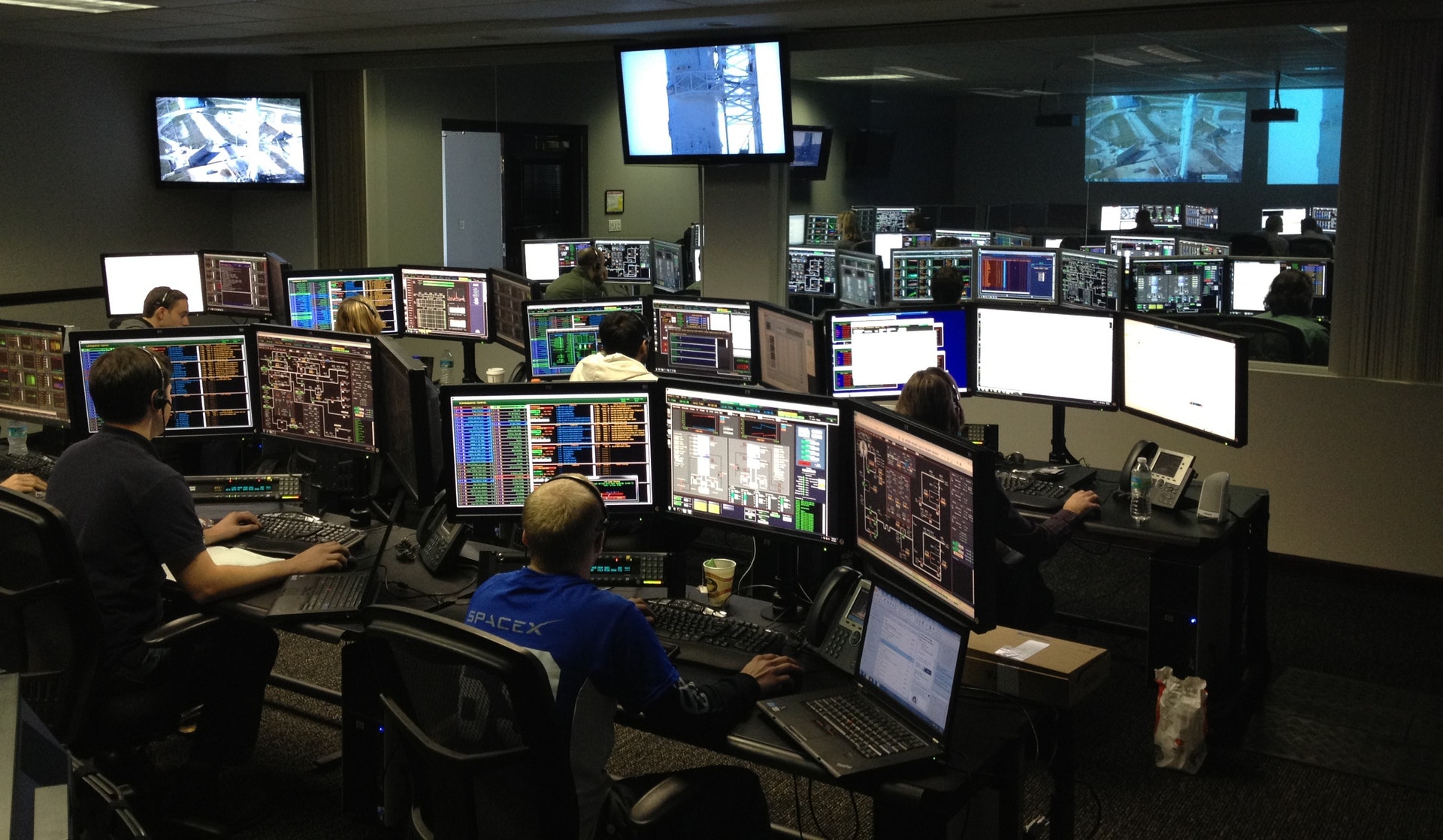
Computational science – Build-up mathematical models and quantitative analysis techniques and using computers to summarize and solve scientific issues.
Numerical analysis – Any how numerical solution of mathematical problems like root-finding, integration, the solution of ordinary differential equations from special functions.
Symbolic computation – Computer algebra is characterizing as a manipulation and solution of expressions which is in symbolic form.
Computational physics – It is the study and implementation of numerical analysis to solve problems.
Bioinformatics and computational biology – Basically, It is in computer science to maintain, analysis, save biological data and to resolve biological issues like protein folding, function prediction, and phylogeny.
Computational neuroscience – It is a branch of neuroscience which requires mathematical models.
Advantages and Disadvantages of Computer Science
Computer Science plays an important role these days. The foundation of the computer science is on the peek in the terms of technologies. So here are some effective points which help to grace up your memory.
Advantages of Computer Science | Disadvantages of Computer Science |
| 1. Efficiency 2. Easy transportation 3. Compact design 4. Use with or without provision for an internet network | 1. Delicate device 2. Difficult use 3. Factory defects
|
Conclusion
Now, you understand with the term Computer Science and the nodes which explain the number of terms. In the computer science, you have the knowledge of these fundamentals such as Mathematical Theory, Artificial intelligence, Software Engineering, Computer Graphics, and Communication and Security. The content describes you the branches of computer science which plays important role in daily life as how the computer reads the coded language of another system very easily.
